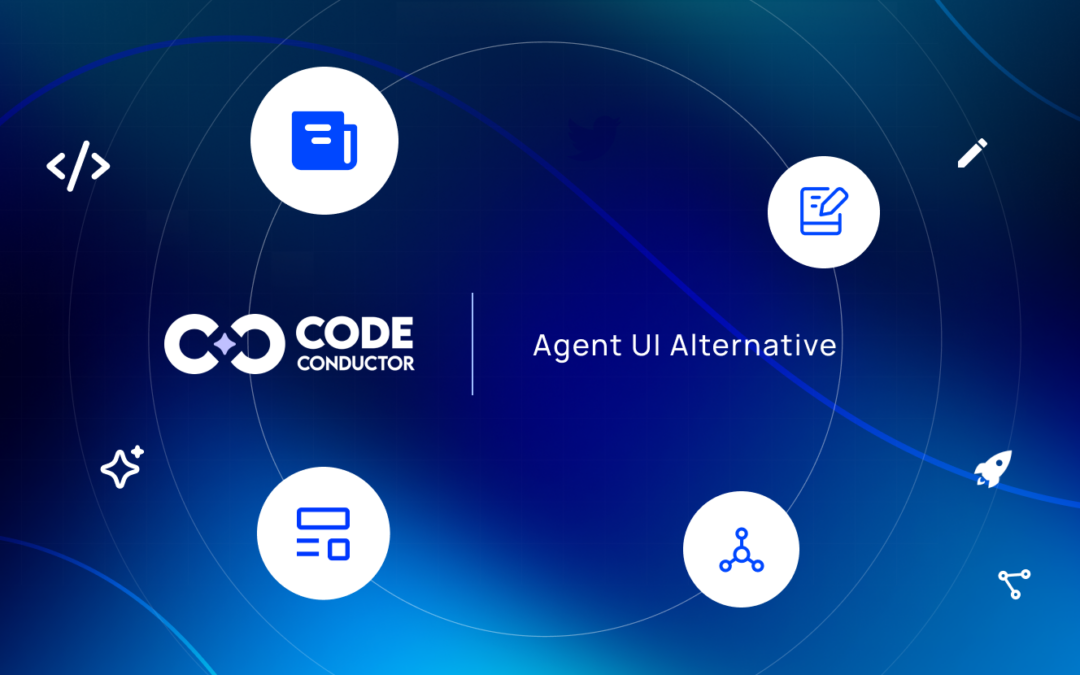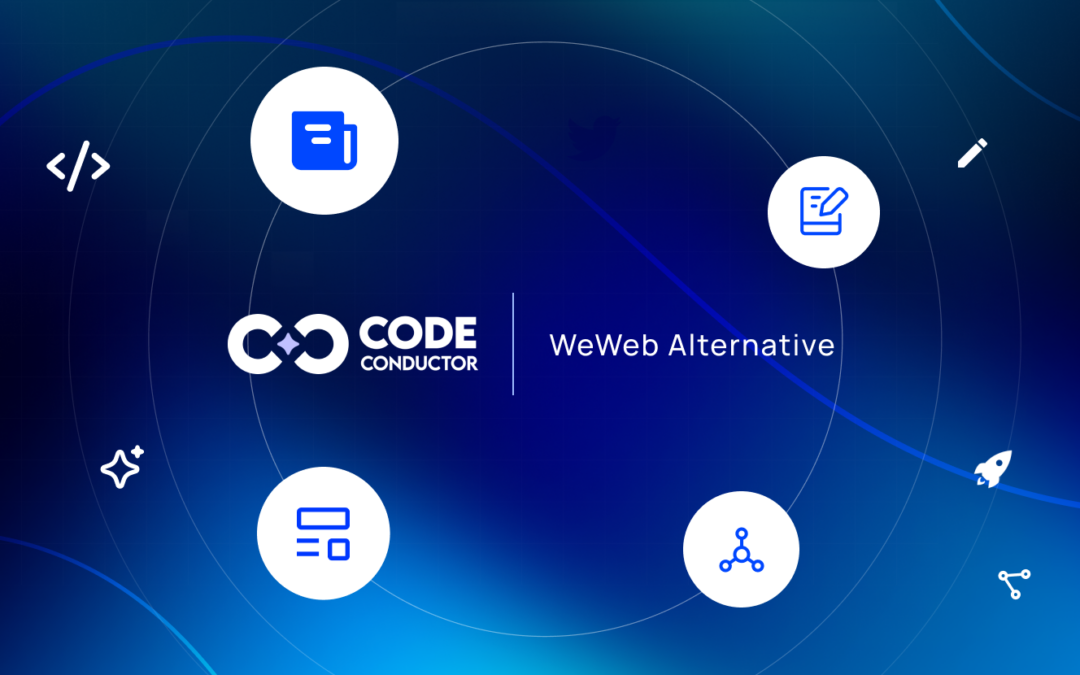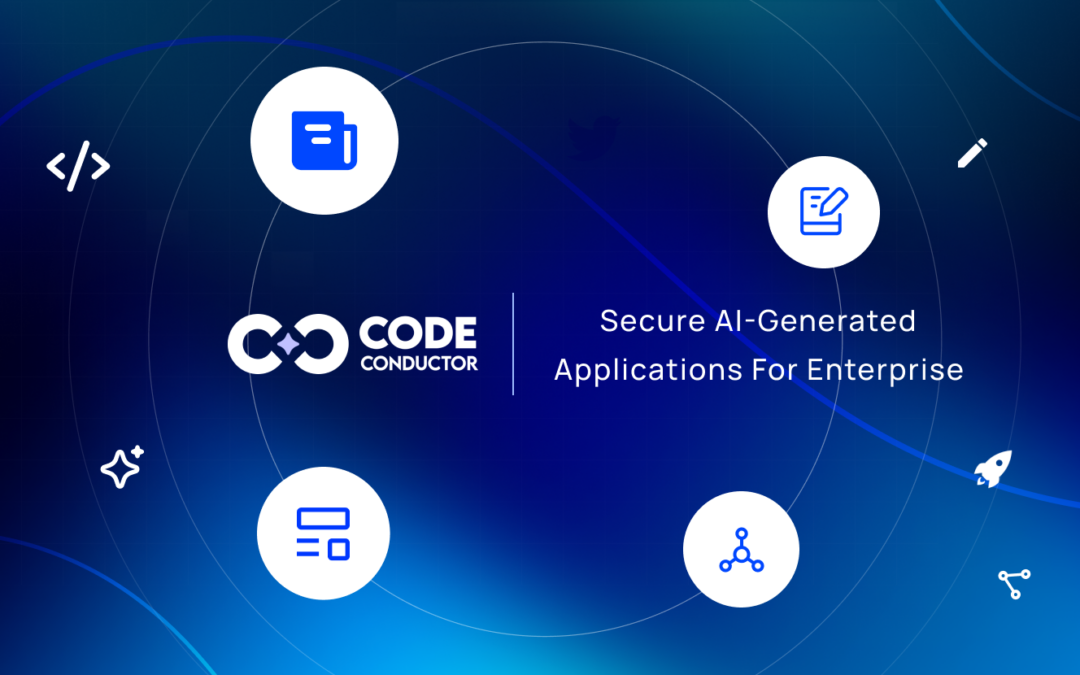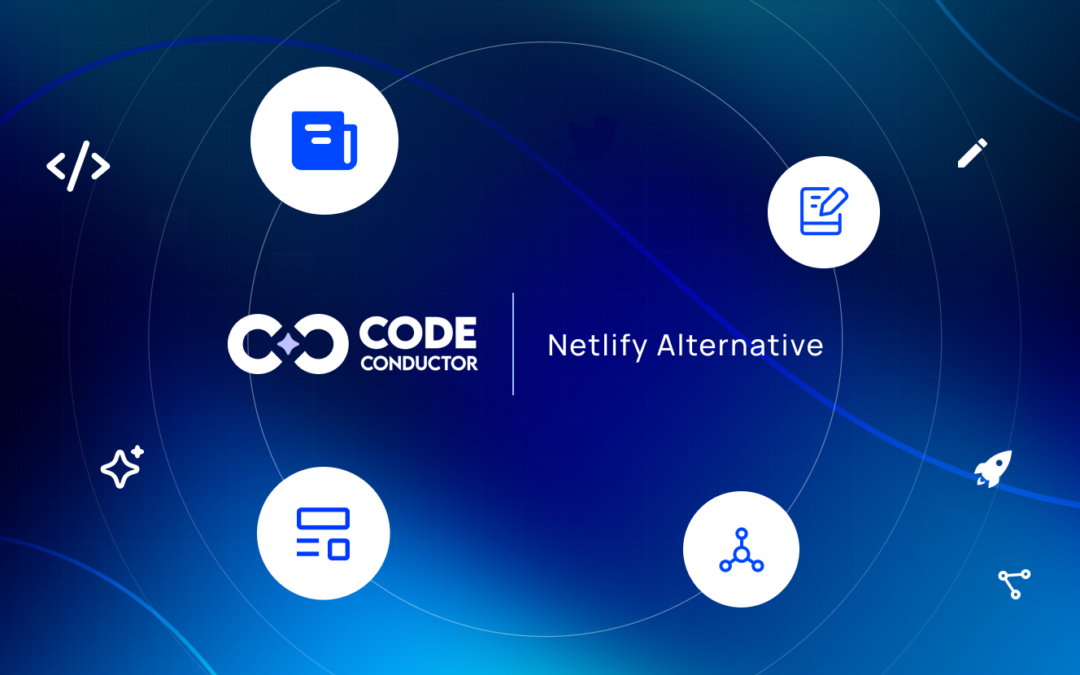
by Paul Dhaliwal | Jan 7, 2026 | AI App Development, AI Software Development, AI Website Development
AI-powered app builders are everywhere right now. Platforms like Agent UI make it easy for anyone to turn an idea into a working web app, even without writing code. You describe what you want, the AI generates the interface and backend, and your application is live in...

by Paul Dhaliwal | Jan 6, 2026 | AI coding, Ai Agents, AI App Development
Are you using AI to generate code faster, but finding it harder to turn that code into a real, scalable application? That’s a challenge many builders run into with tools like Blackbox AI, powerful for rapid code generation, but limited when your project needs memory,...

by Paul Dhaliwal | Dec 30, 2025 | AI Website Development
Are you building modern web apps with visual tools—but starting to feel boxed in as your product grows? That’s a familiar moment for teams using no-code frontend builders like WeWeb. It’s fast, flexible, and great for getting interfaces live—but many builders hit...

by Paul Dhaliwal | Dec 29, 2025 | AI App Development
AI can now build full-stack applications in minutes. Platforms can generate databases, APIs, business logic, and user interfaces from a simple prompt. This changes how fast software can be delivered, but it also changes the risk profile. When applications are created...

by Paul Dhaliwal | Dec 24, 2025 | AI Website Development
Are you deploying modern web apps on Netlify but running into limits around backend logic, AI workflows, or data-driven features? That’s a growing challenge for teams using platforms built for static sites and Jamstack frontends, not intelligent, stateful software....






